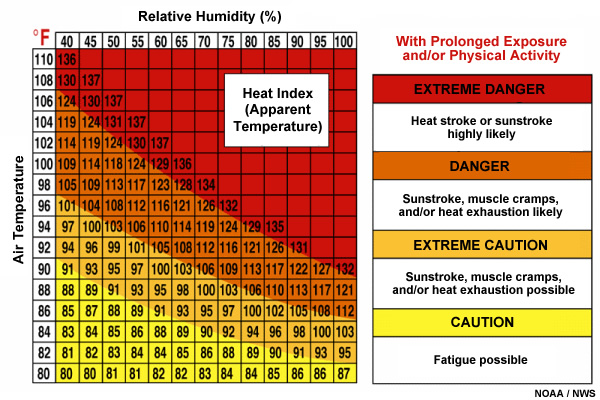Health

Here, too, the news is not good: people are already suffering from climate-related causes and more will be killed or sickened as the planet warms. Death rates spike an average of 6% during heat waves, so heat-induced deaths will probably rise sharply as temperatures increase and heat waves become more prolonged and intense. On the plus side, warmer winters could help reduce flu and other ailments.
As temperatures get milder, ticks, mosquitoes, rodents, and other carriers of disease will expand their range and sicken more people, particularly in developing countries. Here in the United States, dengue hemorrhagic fever, a tropical, mosquito-borne disease, hit for the first time in modern times in 2005 in the Lower Rio Grande Valley. Experts worry that dengue could become widespread in the U.S., and the reappearance of malaria is not out of the question either.
Air pollution will likely worsen, since higher temperatures and humidities will allow more ozone and particle pollution to form and linger longer. This will produce more asthma and deaths from heart and lung disease. One scientist at Stanford estimates there will be 1,000 additional air-pollution-related deaths per year for every 1.8°F (1°C) increase in temperature in the U.S.
More heavy downpours and floods will produce more diseases associated with flooding—like allergic reactions to mold and gastrointestinal disease outbreaks like cryptosporidium. Warmer ocean temperatures also favor the seafaring bacteria that cause cholera.
In the general irritation category, more carbon dioxide also helps plants like ragweed make more allergens and poison ivy make more of its irritating oil.